A Sneak Peek At HP's Container-Based Optimized Data Center
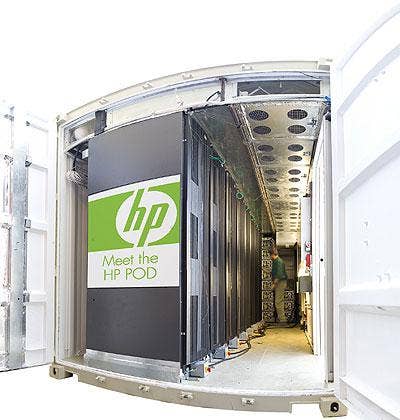
Finally, some POD news that doesn't involve Apple: Hewlett-Packard is readying a new addition to its Scalable Computing and Infrastructure (SCI) portfolio, the HP Performance Optimized Data Center (HP POD).
The container-based POD provides various options for enterprise customers using Web 2.0, cloud computing, high-performance computing (HPC). Additionally, the POD not only supports HP, but also third-party servers, storage and networking equipment.
Within six weeks of an order, the PODs are built, pre-integrated, configured and tested before shipment delivered through HP's Factory Express.
Intel also announced that it is working with HP to develop Xeon processors, chipsets, and networking, according to Jason Waxman, general manager of High Density Computing, Intel.
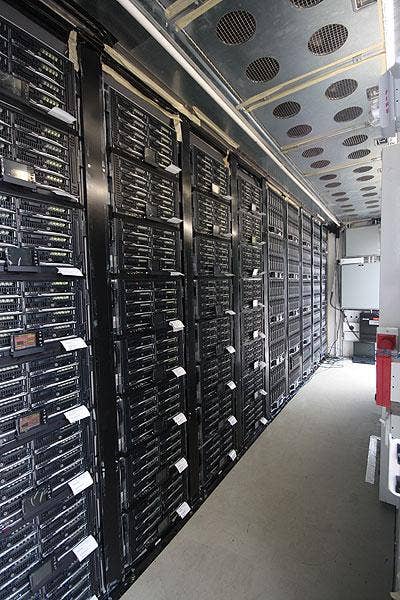
HP PODs come in 20-foot or 40-foot containers. A 40-foot container contains up to 22 full-depth, 50U industry-standard racks which support HP and other companies' servers. It can also support more than 3,500 compute nodes, or 12,000 large-form-factor (LFF) hard drives.
In addition, the 40-foot HP POD container also has 1,800+ watts per square foot, compared to 150 -- 250 watts per square foot in a typical data center, HP said, and has 600+ kilowatts of capacity.
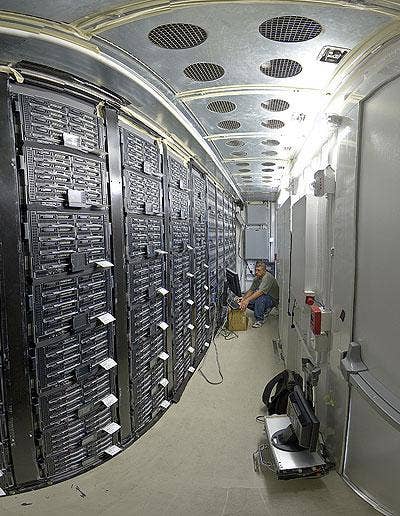
The HP POD takes advantage of the hot aisle/cold aisle layout of the racks to increase the efficiency of the cooling system, HP said.
"Customers want flexible, open data center PODs that mirror the technologies found in their data centers today," said Paul Miller, vice president, marketing for enterprise servers and storage at HP. "HP believes this is a requirement to win in the data center container market and has specifically designed the HP POD to meet customer expectations for modular data centers."
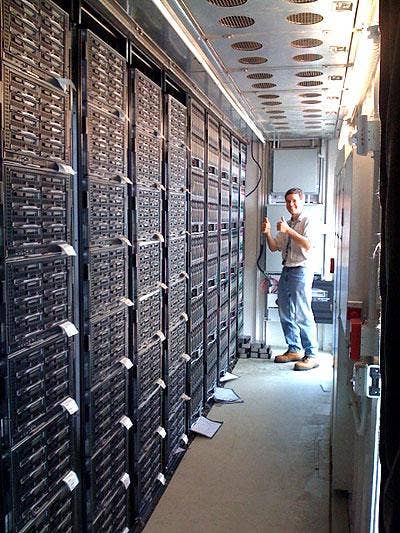
The 50U racks enable the HP POD to pack in the maximum amount of IT equipment in each rack from POD floor-to-ceiling.
The company is also launching HP POD Infrastructure Services to provide assessment, preparation and deployment services, acceptance testing, as well as data center design and planning through HP's subsidiary EYP Mission Critical Facilities. Ongoing maintenance and support are available and options include proactive and critical service named services account team.
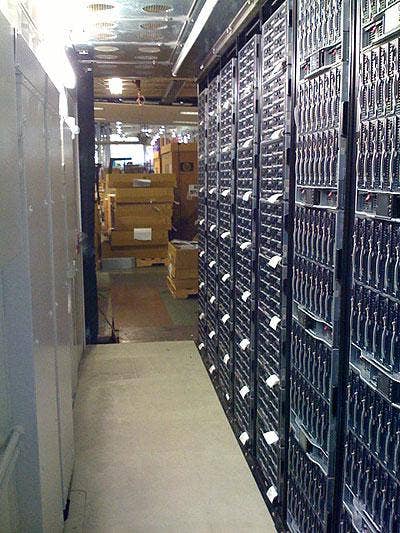
HP POD provides a cold aisle door access on either end of the aisle, as well as double doors along the length of the hot aisle to provide access to equipment and connections at the rear of the servers.
The POD is slated for launch in October, with price points to come.